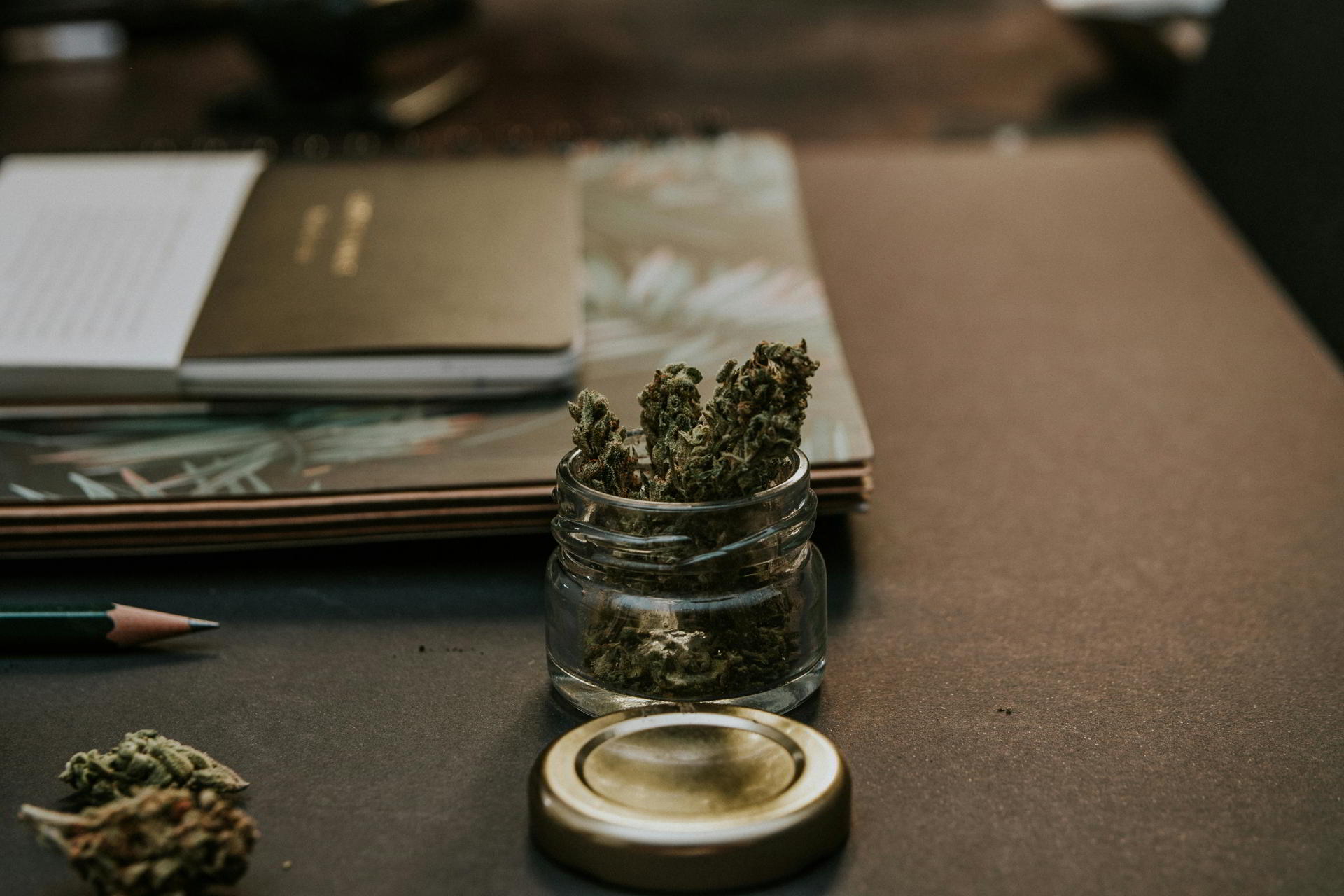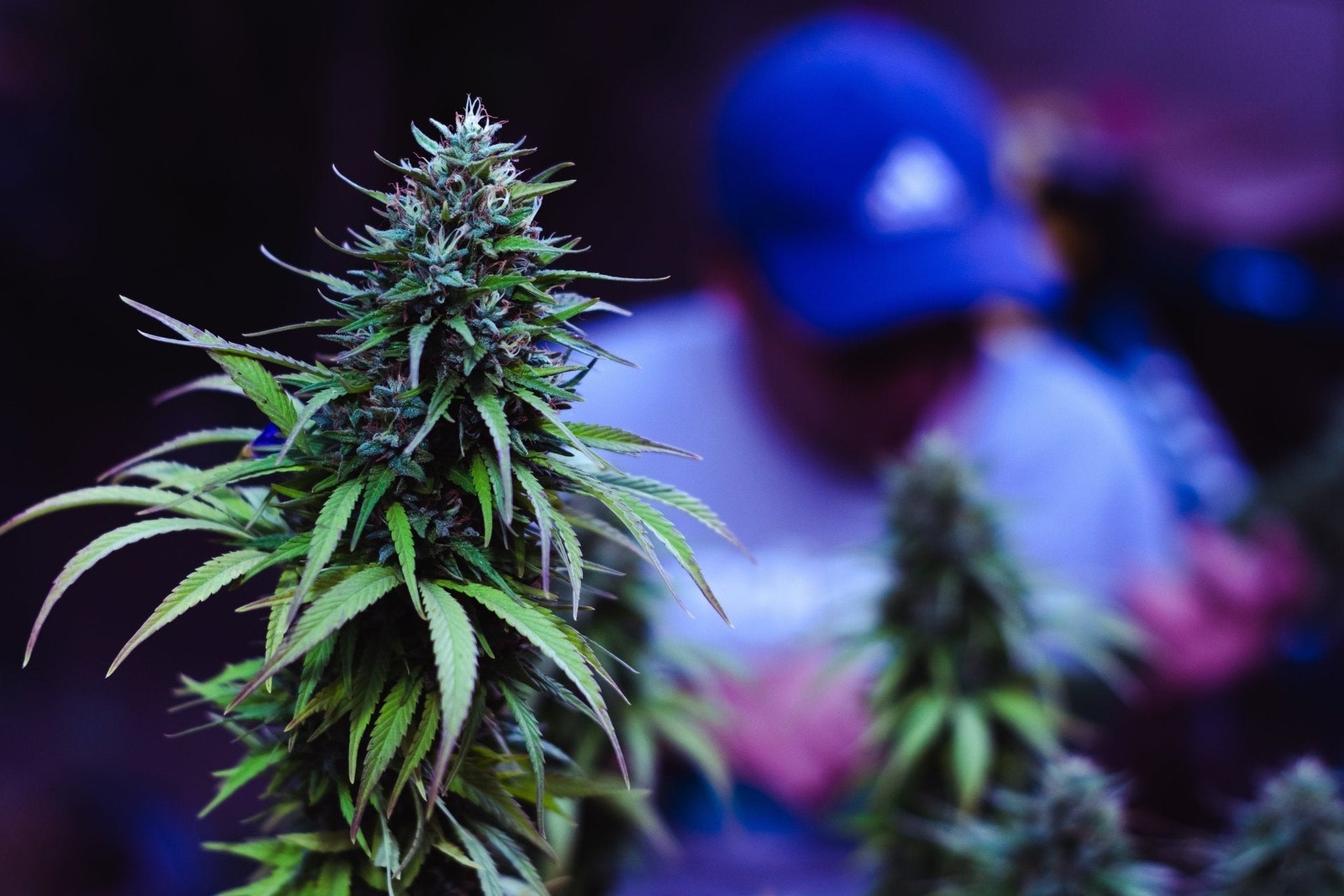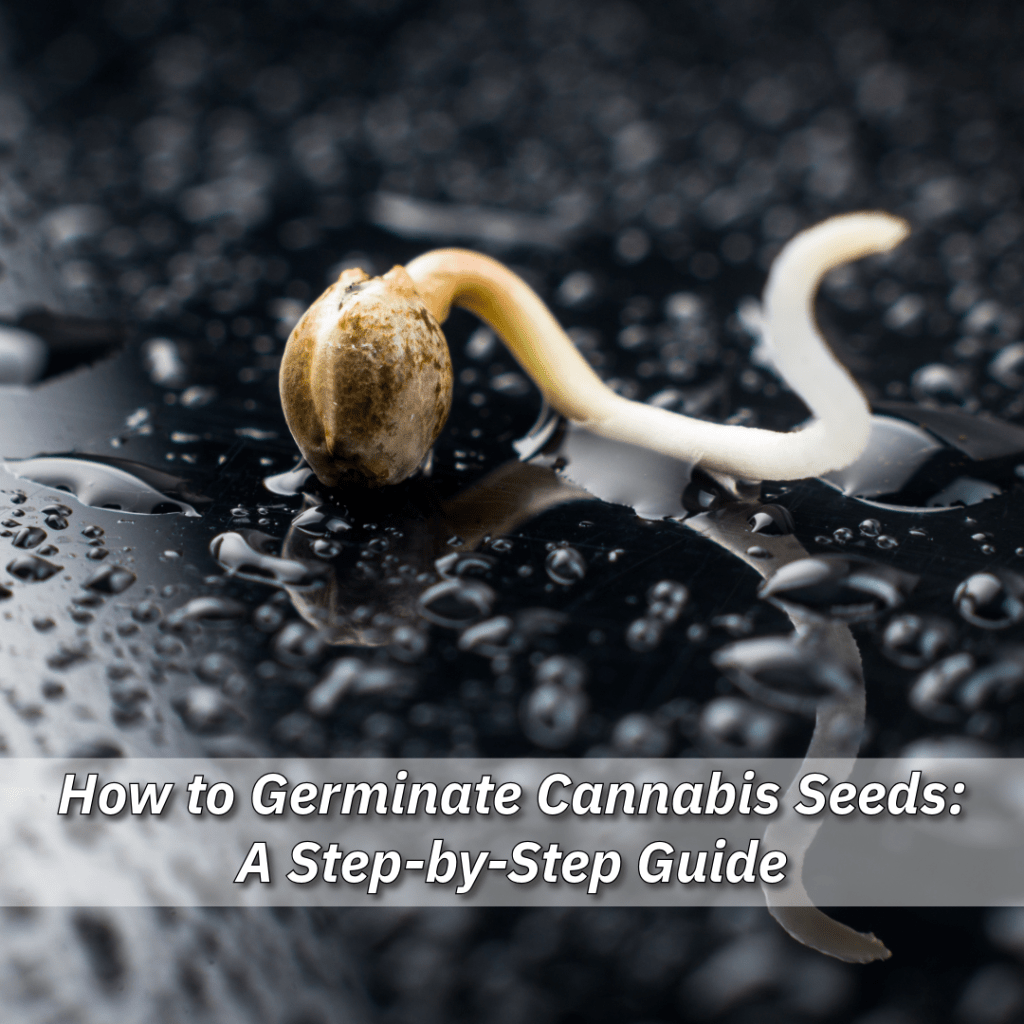
The 10 Most Common Mistakes in Cannabis Cultivation and How to Avoid Them
Growing cannabis whether in an indoor grow tent or outdoors in the garden is a fascinating endeavor that, with proper planning, can yield outstanding results. However, even experienced growers sometimes make mistakes that can impact quality and yield. To help your grow succeed, we present the 10 most common cannabis cultivation mistakes and how to avoid them.
1. Overwatering or Underwatering
The Problem
Overwatering leads to root rot, while underwatering causes the plants to dry out and stunt growth.
The Solution
✔ Finger test: Insert your finger 2–3 cm deep into the soil. Only water if the soil feels dry.
✔ Check pot weight: A dry pot is significantly lighter than a freshly watered one.
✔ Ensure drainage: Use pots with drainage holes to prevent waterlogging.
2. Incorrect pH Level
The Problem
Cannabis absorbs nutrients optimally only within a specific pH range (around 5.5–6.5). A wrong pH level can cause nutrient lockout, deficiencies, and stunted growth.
The Solution
✔ Measure regularly: Use a pH meter or pH test strips.
✔ Adjust as needed: Use pH-Up or pH-Down solutions to regulate the pH of your water.
3. Insufficient Light
The Problem
Cannabis needs ample light for optimal growth. Too little light leads to stretched plants with small, airy buds.
The Solution
✔ Use modern full-spectrum LEDs to support both the vegetative and flowering phases.
✔ Consider light intensity:
- Seedlings: 200–400 µmol/m²/s
- Vegetative phase: 400–600 µmol/m²/s
- Flowering phase: 600–1000 µmol/m²/s
✔ Adjust light duration: Up to 18 hours of light per day during the vegetative phase.
4. Excessive Light Exposure
The Problem
Too much light or improper lamp placement can cause leaf burn and plant stress.
The Solution
✔ Maintain proper lamp distance: Follow manufacturer recommendations (e.g., 30–50 cm for LEDs).
✔ Watch for symptoms: Burned leaf tips or yellowing indicate light stress.

5. Over- or Under-Fertilization
The Problem
Excess fertilizer can block roots, while a lack of nutrients leads to deficiencies.
The Solution
✔ Start with a low dose: Gradually increase and observe plant response.
✔ Check leaf discoloration: Yellow leaves indicate deficiencies; burned tips signal over-fertilization.
✔ Flush substrate if necessary: Remove salt buildup with pH-balanced water.
6. Temperature Control
The Problem
Extreme temperatures or fluctuations disrupt plant growth. Additionally, root temperature is often overlooked, but it plays a critical role in nutrient uptake and microbial activity, especially in living soil systems. Cold roots can slow down biological processes and negatively affect plant health.
The Solution
✔ Maintain optimal values: Daytime 20–28°C (68–82°F), nighttime 16–20°C (60–68°F).
✔ Monitor root temperature: Ensure the root zone stays within 18–22°C (64–72°F) for optimal nutrient absorption.
✔ Keep temperature swings below 10°C (18°F): Minimize drastic changes.
✔ Regulation tools: Use fans, air conditioners, or small heaters as needed. If growing in living soil, consider insulating pots or using heating mats to keep root temperatures stable.
7. Managing Temperature Fluctuations
The Problem
Extreme temperatures or fluctuations disrupt plant growth.
The Solution
✔ Maintain optimal values: Daytime 20–28°C (68–82°F), nighttime 16–20°C (60–68°F).
✔ Keep temperature swings below 10°C (18°F): Minimize drastic changes.
✔ Regulation tools: Use fans, air conditioners, or small heaters as needed.
8. Poor Ventilation
The Problem
Without fresh air and airflow, heat and humidity build up, leading to plant stress.
The Solution
✔ Promote air circulation: Use oscillating fans.
✔ Ensure fresh air intake: Regularly allow fresh air into the grow room.
9. Improper Pest Management
The Problem
Spider mites, thrips, or fungus gnats can severely damage cannabis plants.
The Solution
✔ Maintain cleanliness: Only enter the grow area with clean clothing.
✔ Use beneficial insects: Predatory mites or nematodes help combat pests.
✔ Inspect plants daily: Regular checks help detect infestations early.

10. Harvesting Too Early or Too Late
The Problem
Harvesting too early reduces potency, while harvesting too late alters the effects of the cannabis.
The Solution
✔ Check trichomes: Use a magnifying glass/microscope to determine ripeness.
✔ Harvest at the right time: Milky trichomes = optimal THC levels, amber trichomes = more sedative effects.
Conclusion: Learn from Mistakes and Optimize Your Grow
With careful planning, regular monitoring, and the right tools, you can avoid the most common cannabis cultivation mistakes and unlock the full potential of your plants.
At TerpHunters, you’ll find everything you need for a successful cannabis grow – from tested cannabis seeds to essential accessories. Start your grow today!
➡ With our germination guarantee, you’re set up for success from the start.
Growing cannabis whether in an indoor grow tent or outdoors in the garden is a fascinating endeavor that, with proper planning, can yield outstanding results. However, even experienced growers sometimes make mistakes that can impact quality and yield. To help your grow succeed, we present the 10 most common cannabis cultivation mistakes and how to avoid them.
1. Overwatering or Underwatering
The Problem
Overwatering leads to root rot, while underwatering causes the plants to dry out and stunt growth.
The Solution
✔ Finger test: Insert your finger 2–3 cm deep into the soil. Only water if the soil feels dry.
✔ Check pot weight: A dry pot is significantly lighter than a freshly watered one.
✔ Ensure drainage: Use pots with drainage holes to prevent waterlogging.
2. Incorrect pH Level
The Problem
Cannabis absorbs nutrients optimally only within a specific pH range (around 5.5–6.5). A wrong pH level can cause nutrient lockout, deficiencies, and stunted growth.
The Solution
✔ Measure regularly: Use a pH meter or pH test strips.
✔ Adjust as needed: Use pH-Up or pH-Down solutions to regulate the pH of your water.
3. Insufficient Light
The Problem
Cannabis needs ample light for optimal growth. Too little light leads to stretched plants with small, airy buds.
The Solution
✔ Use modern full-spectrum LEDs to support both the vegetative and flowering phases.
✔ Consider light intensity:
- Seedlings: 200–400 µmol/m²/s
- Vegetative phase: 400–600 µmol/m²/s
- Flowering phase: 600–1000 µmol/m²/s
✔ Adjust light duration: Up to 18 hours of light per day during the vegetative phase.
4. Excessive Light Exposure
The Problem
Too much light or improper lamp placement can cause leaf burn and plant stress.
The Solution
✔ Maintain proper lamp distance: Follow manufacturer recommendations (e.g., 30–50 cm for LEDs).
✔ Watch for symptoms: Burned leaf tips or yellowing indicate light stress.

5. Over- or Under-Fertilization
The Problem
Excess fertilizer can block roots, while a lack of nutrients leads to deficiencies.
The Solution
✔ Start with a low dose: Gradually increase and observe plant response.
✔ Check leaf discoloration: Yellow leaves indicate deficiencies; burned tips signal over-fertilization.
✔ Flush substrate if necessary: Remove salt buildup with pH-balanced water.
6. Temperature Control
The Problem
Extreme temperatures or fluctuations disrupt plant growth. Additionally, root temperature is often overlooked, but it plays a critical role in nutrient uptake and microbial activity, especially in living soil systems. Cold roots can slow down biological processes and negatively affect plant health.
The Solution
✔ Maintain optimal values: Daytime 20–28°C (68–82°F), nighttime 16–20°C (60–68°F).
✔ Monitor root temperature: Ensure the root zone stays within 18–22°C (64–72°F) for optimal nutrient absorption.
✔ Keep temperature swings below 10°C (18°F): Minimize drastic changes.
✔ Regulation tools: Use fans, air conditioners, or small heaters as needed. If growing in living soil, consider insulating pots or using heating mats to keep root temperatures stable.
7. Managing Temperature Fluctuations
The Problem
Extreme temperatures or fluctuations disrupt plant growth.
The Solution
✔ Maintain optimal values: Daytime 20–28°C (68–82°F), nighttime 16–20°C (60–68°F).
✔ Keep temperature swings below 10°C (18°F): Minimize drastic changes.
✔ Regulation tools: Use fans, air conditioners, or small heaters as needed.
8. Poor Ventilation
The Problem
Without fresh air and airflow, heat and humidity build up, leading to plant stress.
The Solution
✔ Promote air circulation: Use oscillating fans.
✔ Ensure fresh air intake: Regularly allow fresh air into the grow room.
9. Improper Pest Management
The Problem
Spider mites, thrips, or fungus gnats can severely damage cannabis plants.
The Solution
✔ Maintain cleanliness: Only enter the grow area with clean clothing.
✔ Use beneficial insects: Predatory mites or nematodes help combat pests.
✔ Inspect plants daily: Regular checks help detect infestations early.

10. Harvesting Too Early or Too Late
The Problem
Harvesting too early reduces potency, while harvesting too late alters the effects of the cannabis.
The Solution
✔ Check trichomes: Use a magnifying glass/microscope to determine ripeness.
✔ Harvest at the right time: Milky trichomes = optimal THC levels, amber trichomes = more sedative effects.
Conclusion: Learn from Mistakes and Optimize Your Grow
With careful planning, regular monitoring, and the right tools, you can avoid the most common cannabis cultivation mistakes and unlock the full potential of your plants.
At TerpHunters, you’ll find everything you need for a successful cannabis grow – from tested cannabis seeds to essential accessories. Start your grow today!
➡ With our germination guarantee, you’re set up for success from the start.




